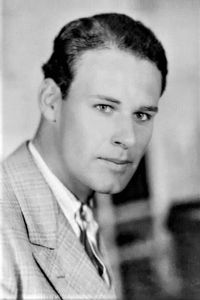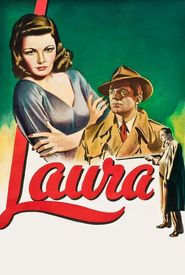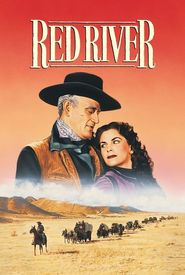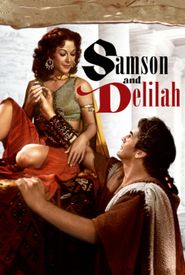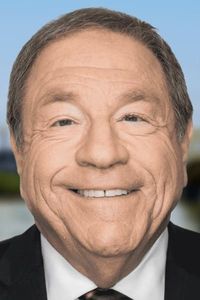Robert Clinton Oakes, later known as Lane Chandler, was born in rural South Dakota, according to government records, although some sources claim he was born in Walsh County, North Dakota. He was the son of a horse rancher and grew up on a ranch, moving with his family to Culbertson, Montana, where he spent his childhood. The family relocated again, and he graduated from high school in Helena, Montana.
After a brief attendance at Montana Wesleyan College, Chandler was offered a job driving a tour bus in Yellowstone National Park, which he accepted. He eventually drifted down to Los Angeles in the early 1920s, where he worked as an auto mechanic. However, his ranch-honed cowboy skills caught the attention of director John Waters, who offered him bit parts in pictures at Paramount.
Paramount recognized Chandler's potential and put him into leading roles, initially in Westerns, and later in contemporary films opposite major star actresses such as Clara Bow, Greta Garbo, Betty Bronson, and Esther Ralston. As silent films gave way to talkies, Chandler's stock began to slip at Paramount, and he found himself appearing in lower-budgeted Westerns, often as second leads to stars like John Wayne and Jack Hoxie.
Chandler freelanced for various studios, including Big 4, Syndicate Pictures, and Kent Pictures, working on films such as The Hurricane Horseman (1931) and The Cheyenne Cyclone (1931),which rose above similar fare in terms of entertainment value. However, he also worked on lesser productions helmed by directors like J.P. McGowan, who prioritized quick profits over quality.
In the 1930s, Chandler's association with Kent Pictures ended, and he drifted to Empire Pictures, which promised to produce six films, but only managed to complete two, The Lone Bandit (1935) and The Outlaw Tamer (1935). As his career began to decline, Chandler found himself settling into supporting roles, often working with director Cecil B. DeMille, whom he claimed was his favorite director.
Chandler spent the remaining 35 years of his career in progressively smaller supporting parts, appearing in hundreds of films, often uncredited. He became a stalwart of television Westerns in the 1950s and remained a familiar face to movie fans for nearly fifty years. An astute businessman with industrial and property holdings, Chandler passed away in Los Angeles in 1971 at the age of 73.
